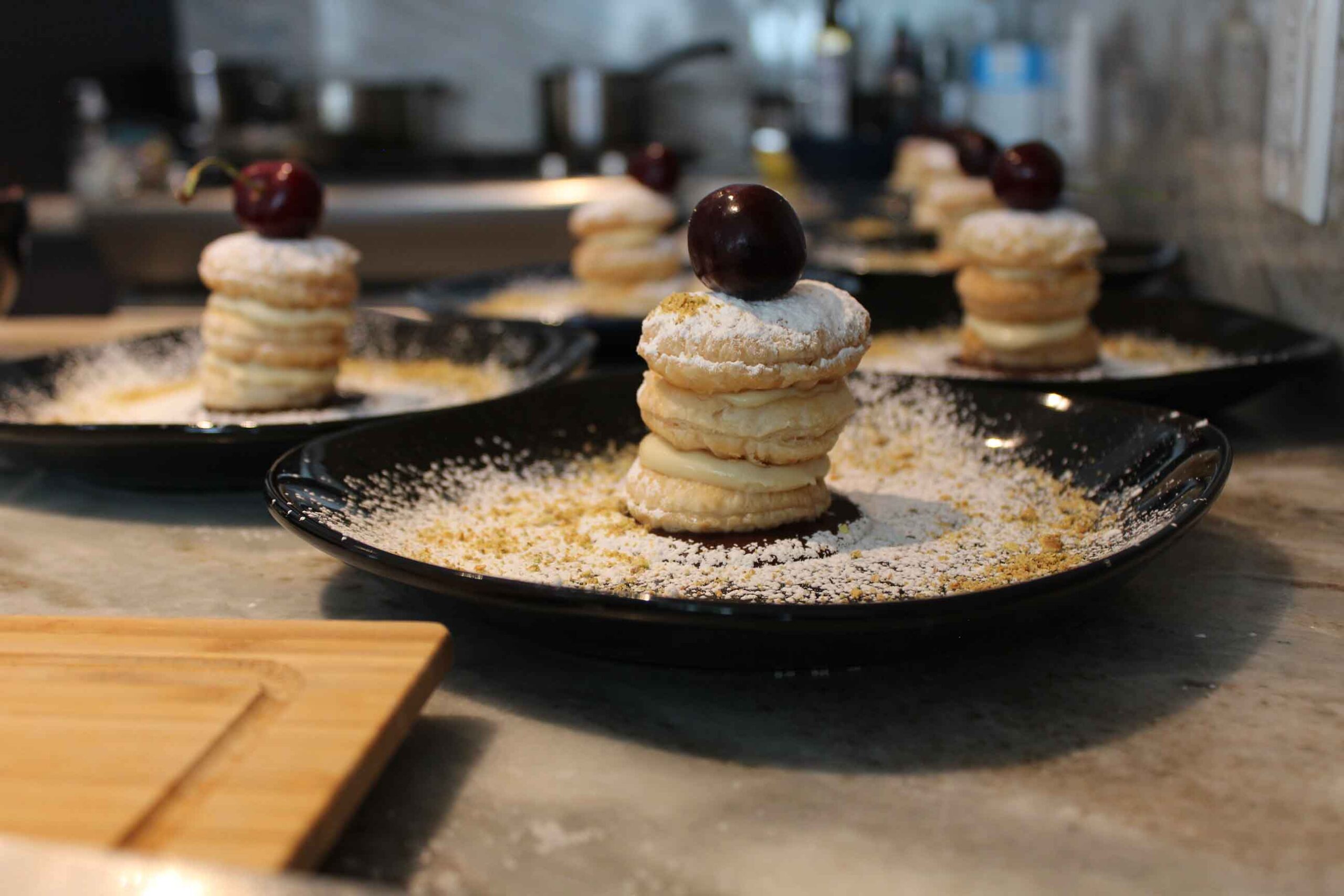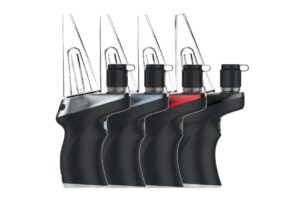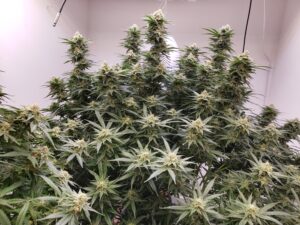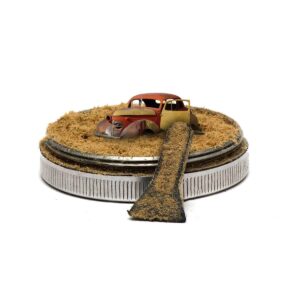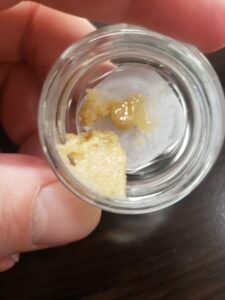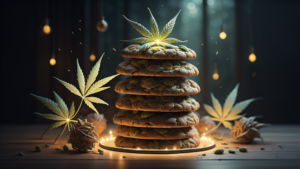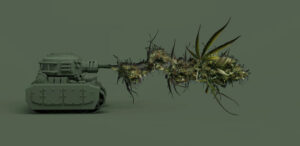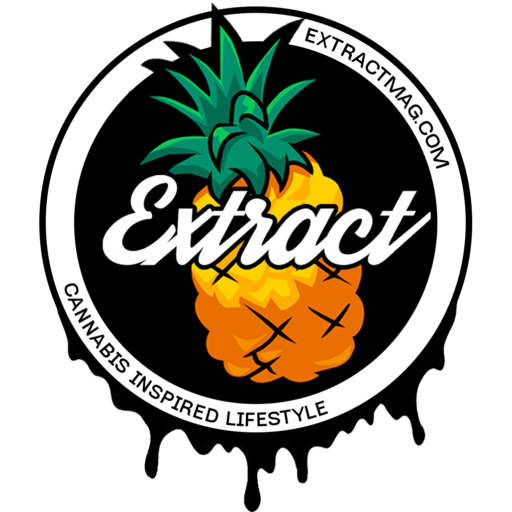I am tired of people dropping distillate on food and referring to it as “infused” dining. You and I both know that distillate is not providing a similar experience to those brownies we dumped a bunch of marijuana flower in back in the day, below I will share why.
Infused is the new buzzword in the cannabis community. Infused dining, infused baking, infused candies, infused cooking, infused yoga and infused experiences have left a taste for inaccuracy in a community looking for some sort of structure to the madness.
The term infused has become synonymous with food infused with THC, giving users a high unlike smoking or vaping, as the body processes the THC differently, offering a longer more intense stone. Unfortunately, infusion happens when one substance is soaked in another to extract the flavor, or healing properties.
The Entourage Effect
The healing properties of cannabis are in fact far greater than most substances we are used to infusing. Cannabis offers an abundance of chemical compounds (cannabinoids, terpenes) that interact with one another in order to achieve full therapeutic potential, this is also known as the entourage effect.
Unfortunately people have been infusing foods with other compounds, tastes and aromas for years
Not all cannabis concentrates function the same, in fact their level of decarboxylation (we will touch on this below) and compound isolation means that some concentrates will offer a full flavor profile, extracted with multiple cannabinoids while others such as isolate will offer a single, segregated cannabinoid, separated from it’s counterparts. Some might get you higher than others while some taste far nicer, or more organic. Terpenes and cannabinoids both add weight, so the levels of each is a trade off. Having a perfect balance would be the most productive in achieving harmony with the entourage effect.
In addition, not all concentrates at a consumer level are decarboxylated to the same levels. While a bud of cannabis that has been untreated might smell nice and roll a perfect joint, eating it will do nothing in regards to psychoactive effects. That’s because the cannabis has not been decarboxylaed yet a term used to describe cannabis’ exposure to heat, removing the A from the THCA and activating the THC, or psycoactive cannabinoids.
Decarboxylation
In short, eating weed clipped from a plant, fresh, does nothing, because it’s not decarboxylated, or decarbed.
Decarbing is the art of adding heat to cannabis (similar to lighting a joint) in turn marking it work the way we want it to. Different cannabis extracts each offer unique levels of decarboxylation, and a unique strength set of each compound.
This means not all shatter, has or oil (etc) offers the same level of decarboxylation, or same cannabinoid profile set, so it’s important to understand what the edibles are made with, to have some sort of expecation as to the high you can expect.
Different extracts, different cannabinoids and terpene profile
Distillate for instance, removes the terpene profile almost completely, while isolating the THC makeup. While from traditional standards this would offer a strong concentrate substance the entourage effect suggests it might pack less of a punch than a similar concentrate, made with the same cannabis plants extracted with a method that maintains a higher terpene profile.
A batch of rosin, live resin or harsh from a similar plant might possess a slightly declined THC profile, but the entourage effect suggests the two will work together to produce something unique. Unfortunately, a higher terpene profile means more flavors and aromas, something that is not easy to control or cook with, especially when you’re trying to remove pungent cannabis taste.
How strong are your edibles?
Here’s a few questions you might want to ask before consuming you next batch of gummies before attending your next infused dinner.
- What type and strength of cannabis was used to infuse them?
- Were they decarbed to the correct levels?
- What is the extraction solvent?
- What type of extract is used in my edibles?
- How is the active ingredient applied to the food?


